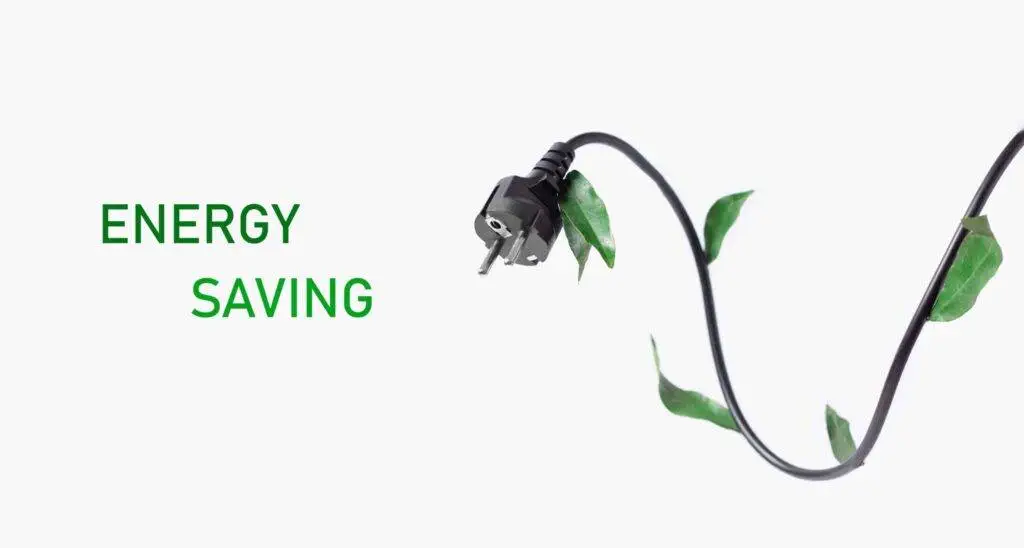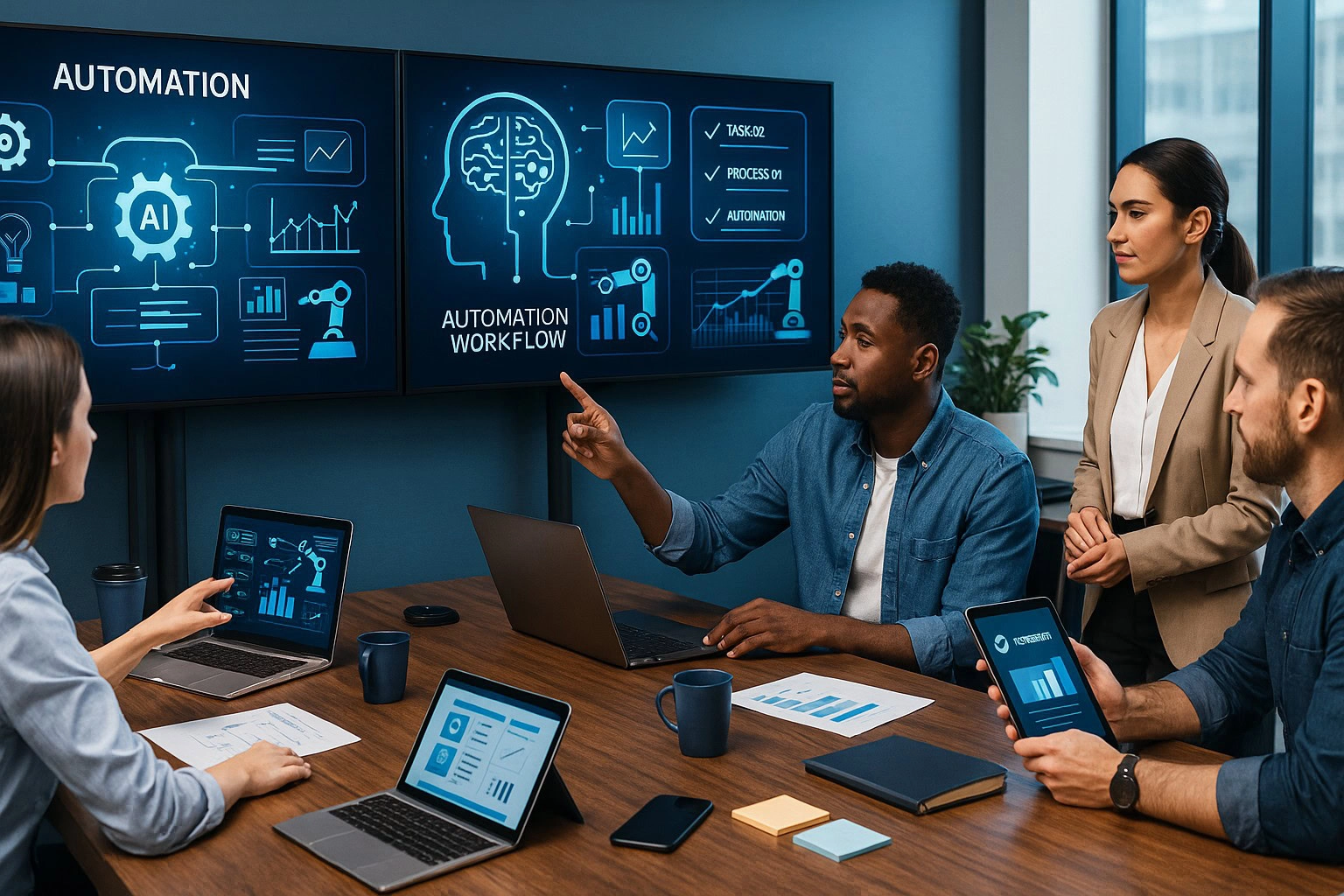Climate change is one of the greatest challenges we face today so how to make our workplace environmentally sustainable? The causes of climate change are mainly an increase in the concentration of greenhouse gasses in the atmosphere, which retain infrared radiation near the earth’s surface. The result is the global warming effect, which is causing sea level rise, melting of glaciers and increasing number of extreme weather events. The effects of climate change are being felt in all parts of the world.
The current development model is not sustainable. We are living beyond our means and our way of life is becoming an increasing burden on the planet. There is a need to gradually change the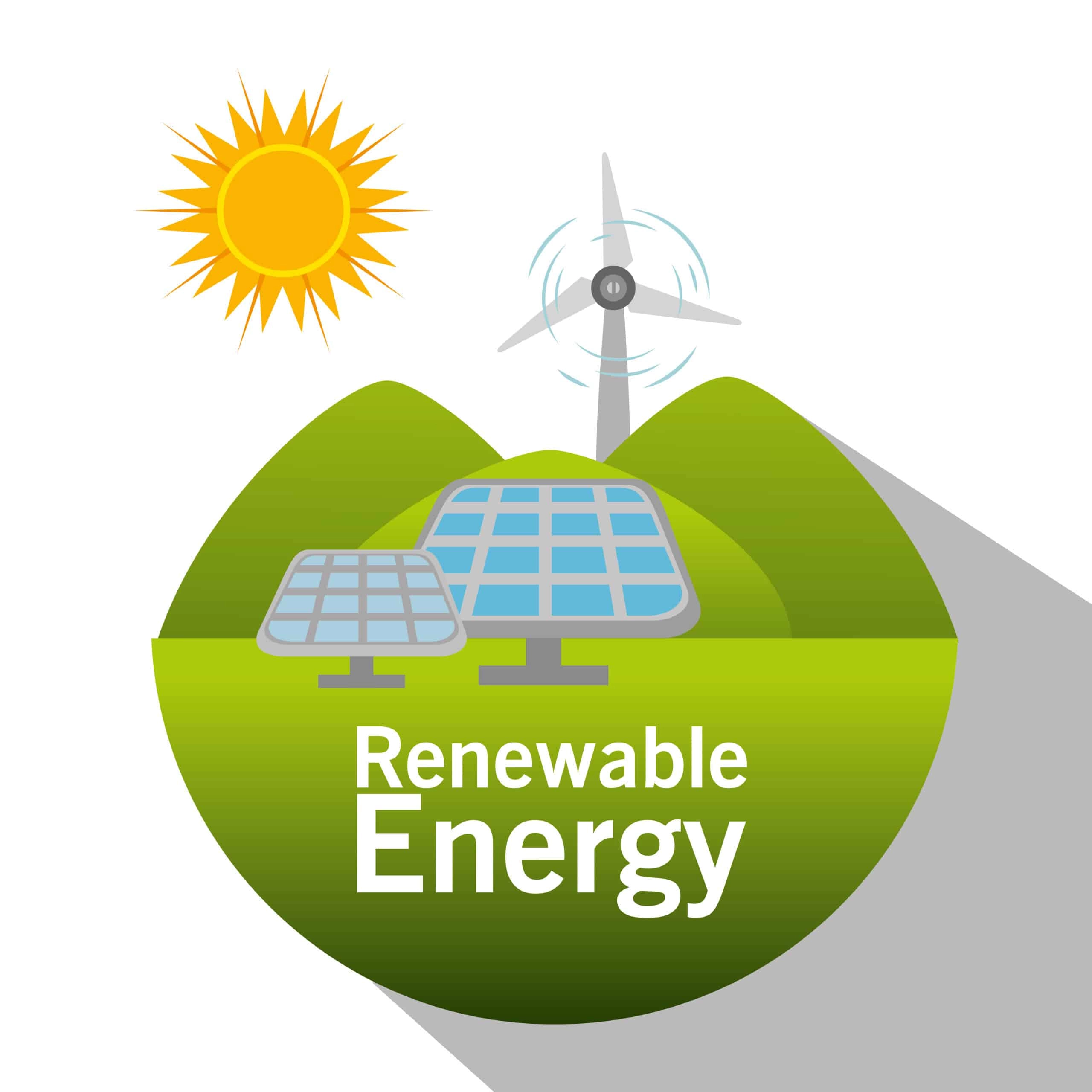 current way of unsustainable production and spending and to systematically address the problem of developing guidelines and policies and applying them in practice. We need to improve the way we live so as not to compromise the needs of future generations.
current way of unsustainable production and spending and to systematically address the problem of developing guidelines and policies and applying them in practice. We need to improve the way we live so as not to compromise the needs of future generations.
Through our daily office activities, we have an impact on global warming, air pollution, drinking water quality, and increasing waste.
A green office is the name given to a range of activities that we should be practice to reduce the negative impact on the environment and increase resource efficiency in daily office operations.
The cost of energy is the largest expense, so any energy an inefficient system significantly increases the cost. Every use of energy is an opportunity to save.
What are the things we should think about?
To make your office comfortable, healthy and environmentally friendly, an acceptable and energy efficient workplace must be set up according to the principles of environmental and energy sustainability, which include:
– efficient use of materials and energy
– waste reduction
– recycling
OFFICE EQUIPMENT
Office equipment includes a variety of devices (personal computers, printers and copiers, hand dryers, coffee makers, refrigerators, etc.). In addition to the energy needed to work, these products usually use energy even when they are doing nothing, making their own costs high.
When you buy new appliances, make sure that they can turn themselves off (sleep mode) or shut down to low energy consumption (stand-by).
Most users are not aware of the price.
Office equipment usage is much greater than just the price of the equipment purchased. The total cost of use for office equipment often forgets to include the price of the energy required to run the equipment. By planning a purchase appliance for the needs of your office can achieve significant financial savings and preserve the environment.
What you can do:
– turn off equipment when not in use, do not leave your computer on when you are away from your own desk, especially at night and on weekends.
– do not use screen savers, especially those that perform sophisticated graphical operations.
– maintain your computer regularly.
– buy a laptop instead of a desktop computer as it consumes less energy.
– network office computers and share resources with colleagues.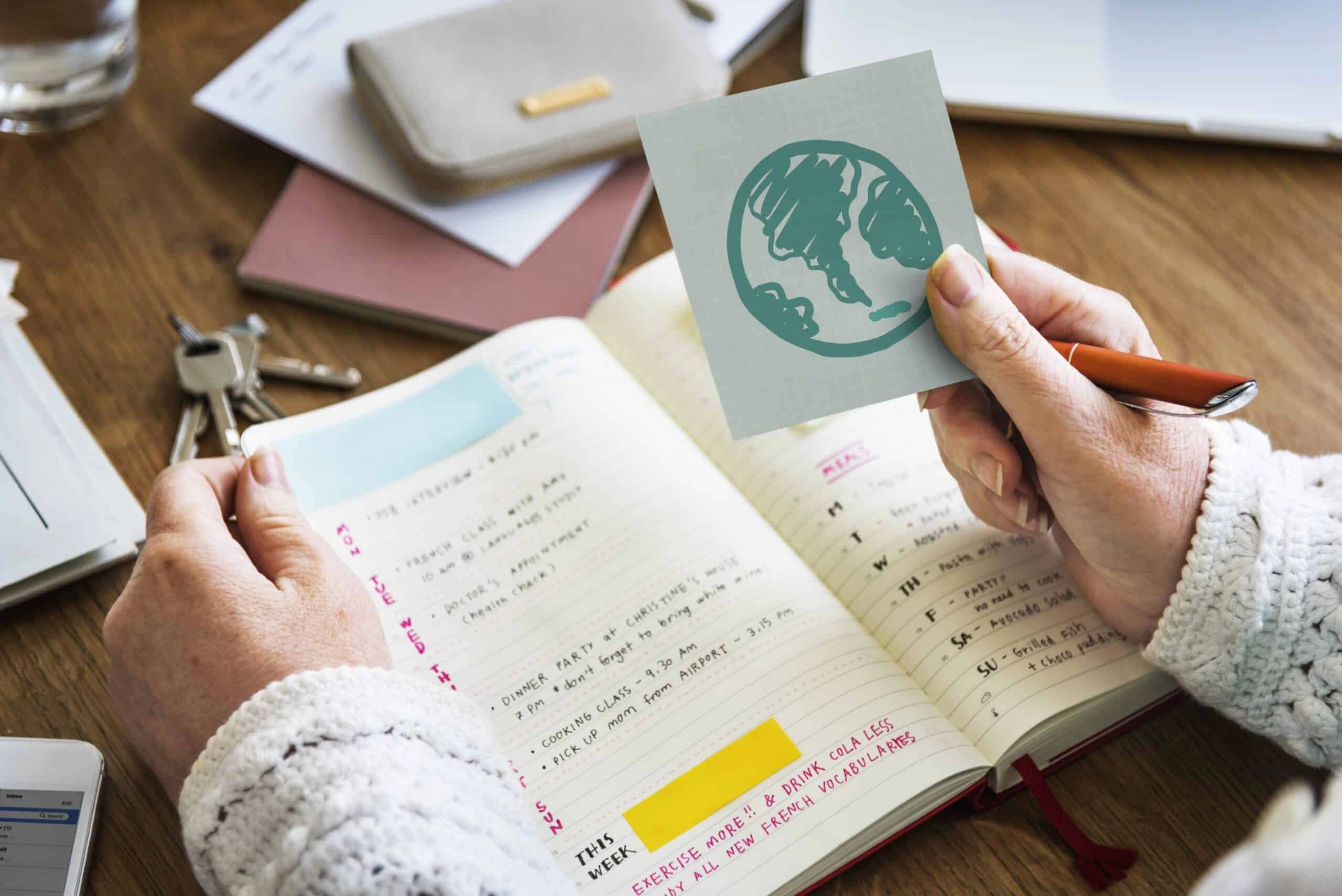
– use multifunction devices.
– use devices that can print on both sides of the paper.
– recycle devices and dispose of them in designated areas.
– refill used cartridges with ink and more it is not possible to dispose of them for recycling.
COMPUTERS
Remember that every year in the world electronic waste grows three times faster than other types of waste and yes, computer parts and monitors contain heavy metals that affect the health of humans, plants and animals.
If there is no need to buy a new computer, upgrade old one.
Do not turn on the computer or monitor if you are not going to use it.
Did you know that the computer you leave on for 16 hours every day (after leaving the office) in the so-called standby mode costs about $20 per year? If you multiply this by the number of computers you have in your company or home office – it can be become a big number.
Photocopiers, printers, scanners and fax machines
Smart photocopiers, printers, scanners and fax machines strive to be more efficient in their use of energy, paper and ink. The devices you buy should have the option of power-saving operation (stand-by mode) and the possibility of self-clearing (putting into the so-called sleep mode) after work or when resting for a long period of time.
If it’s possible, get a multi-function device that includes the functions of a copier, scanner, fax, and printer, as well as the ability to email your documents directly from the device instead of writing them individually on paper and sending them, for example by fax.
When you’re not using the devices – turn them off! Although minimal, standby mode still consumes energy that will show up on your monthly bill. Turn off devices when you go on your lunch break, when you’re on the road, and especially at night and on weekend.
MOBILE PHONE
Mobile phones have greatly influenced the way we communicate today, both in business and in personal life.
The advantages of mobile telephony over landline telephony include remote communication from other locations, engagement with more people, and easier installation and use. Thus, it is important to ensure daily use will not affect your health and the environment.
Disposal of mobile phones, as well as other electronic waste, due to the composition of the material can have a great impact on human health and the environment, so attention must be paid in the way of disposal of worn out or broken cell phones.
Often it is possible to exchange old devices for new ones with certain advantages at the distributor. If it makes economic sense, it would be good to repair the broken device, and if not, to dispose of it as electronic waste in the places designated for recycling.
What can you do 2?
1. Whenever possible, use headphones instead of holding the device in your hand and talking on the phone by direct contact with your ears to reduce the effects of electromagnetic radiation on your body.
2. When you are not using it, keep it turned off (you will reduce the frequency of battery charging).
3. Disconnect them from the charger when they do not need to be charged, and unplug the chargers from the wall outlet.
4. Dispose of the batteries and parts in appropriate places.
5. In addition to taking precautions for your health, use them as a substitute for holding meetings to reduce the frequency of traveling.
OFFICE PAPER
The environmental problems associated with the production of non-recycled paper are related to the consumption of resources (wood, water, transport fuel, energy for industrial processes), the pollution of wastewater and the emission of greenhouse gasses into the atmosphere. Paper production and transport itself require much more energy than printers or photocopiers consume.
To produce one ton of medium quality paper, four trees (12 meters high and 15-20 cm in diameter) must be cut down and 260,000 liters of clean water and 4100 kWh of electricity must be consumed.
To produce the same amount of waste paper, it uses 180 liters of water, 2750 kWh of electricity and not a single tree!
Paper can be recycled up to seven time!
LIGHTING
There are energy-saving light bulbs on the market that can still save up to 80 percent of the current cost of incandescent bulbs when used over the long term. Compared to standard incandescent bulbs, energy-saving bulbs last eight times longer and use five times less electricity.
All of us leave lights on unnecessarily at times, but in some cases, this habit is chronic. The electrical dispersion of the energy we use for lighting can be reduced simply by installing sensor lighting.
HEATING, COOLING AND VENTILATION
The ability to regulate heating, cooling and ventilation provides thermal comfort and increases energy efficiency.
As with acquiring the habit of turning off lights, it is necessary to acquire habits for regulating and turning off heaters and cooling office space.
The room temperature in offices during the heating period is recommended between 20 and 21 °C.
WATER
About 70 percent of the earth’s surface is covered with water.
Although this figure is quite impressive, only 2.5 percent can be considered fresh water or, as we often call it, drinkable water. Some of this water is retained in glaciers and snow packs, and the other part is in places inaccessible to humans.
There are currently about 600 million people in the world struggling with water scarcity. Fresh water is not only used for drinking. We use it to irrigate lawns and agricultural land, in sanitary facilities (bathrooms, toilets), for industrial processes, washing roads, etc.
Our lifestyle is characterized by the unlimited availability of drinking water. This style must change. Water is becoming a natural resource with limited quantities. Apart from the fact that drinking water is a limited natural resource, its consumption represents the cost. Although the price of water is still minimal, we expect it to increase rapidly in the future, reducing supplies.
Conservation of potable water is an important step in reducing the negative impact on the environment, securing the supply of potable water in the long term, and reducing costs in operations. In offices, water consumption can be reduced by up to 50% if sensors are installed on taps. Common toilet bowls use 9 liters of water for one flush.
By installing dual spout cisterns (with a smaller and higher capacity nozzle), you can reduce this consumption to 6 liters for one flush. In fact, it comes down to spending as much as we need instead of wasting limited resources.
WASTE
What can you do?
1. Buy products with a high percentage of recycled content and with recyclable packaging
2. Buy products with minimal packaging
3. Get food packed in reusable packaging
4. Buy products in bulk (e.g. 5 liters of oil instead of 1 liter)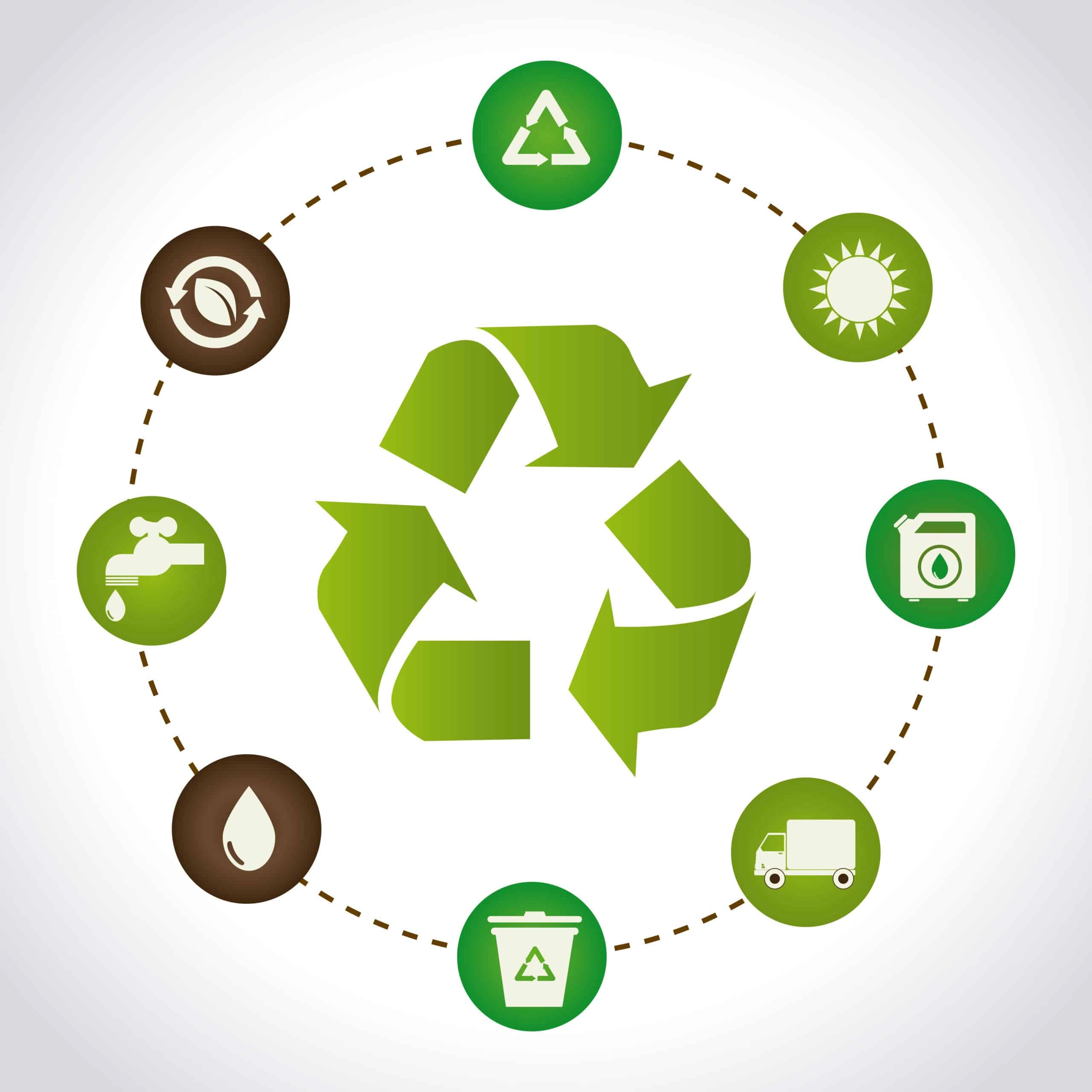
5. Avoid products with a short life cycle
6. Buy upgradable products and to supplement
7. Minimize waste at lunch and during breaks
8. Buy products that do not contain artificial colors
9. Use longer and more environmentally friendly canvas bags when shopping instead of plastic bags
10. Recycle and compost organic waste
11. Collect waste separately and dispose of it in appropriate places for recycling
12. Pack food and drinks in their own containers and bring them from home
13. Use washable glassware (not plastic that you will throw away)
14. Order food from a delivery service that uses dishes that can be recycled
15. Don’t buy appliances you don’t really need
16. Repair broken appliances instead of replacing them
17. When you no longer need an appliance, donate it instead of throwing it away
18. Buy local products that don’t require long transportation
19. Buy from vendors that take care of electronic waste appropriately or dispose of it yourself.
This may seem too much, but consider energy as your money. So that we do not like to waste money, as we think, we should not waste energy.
